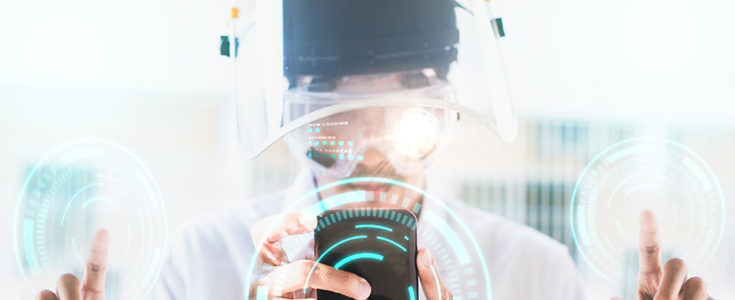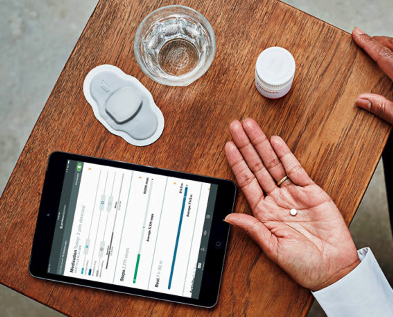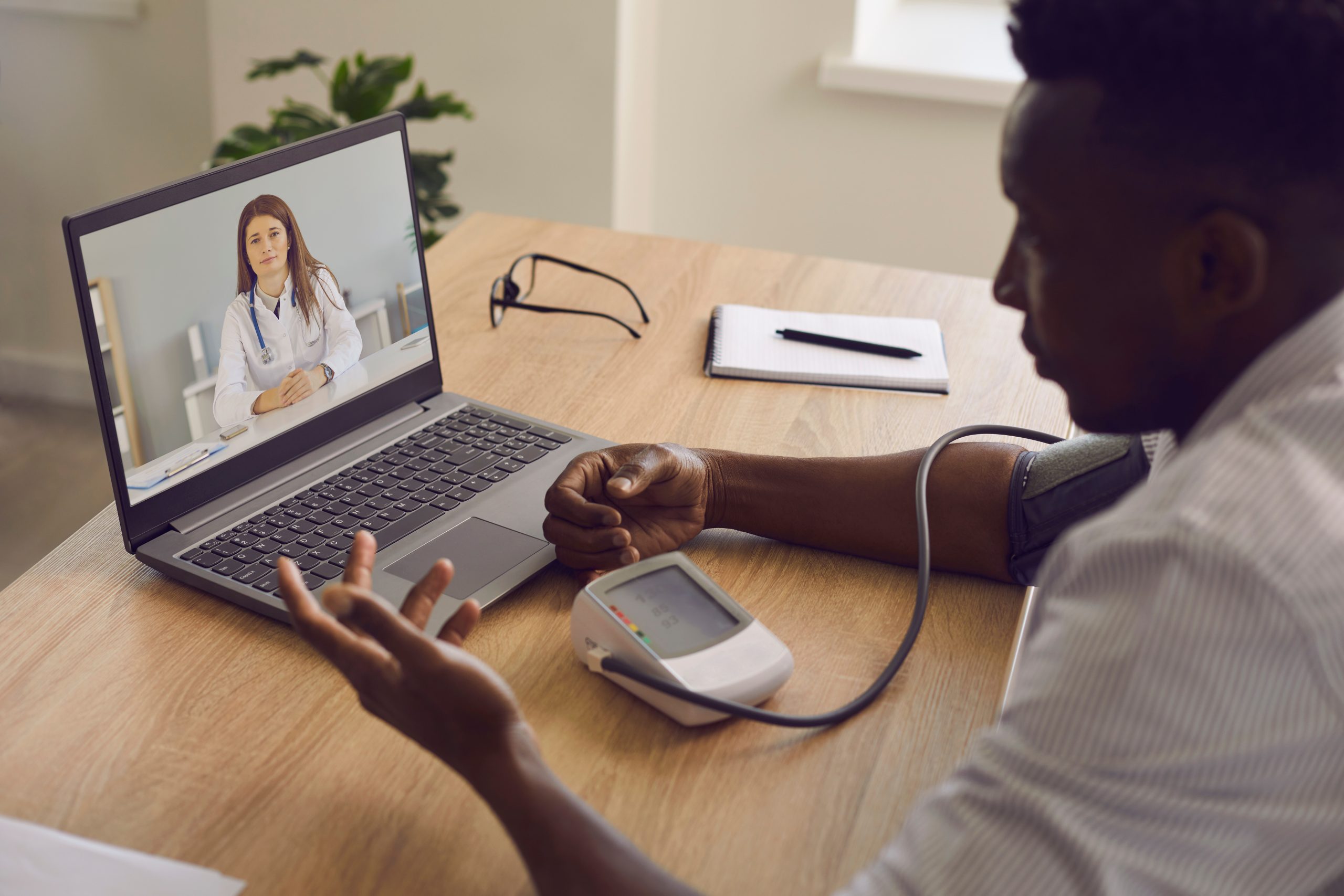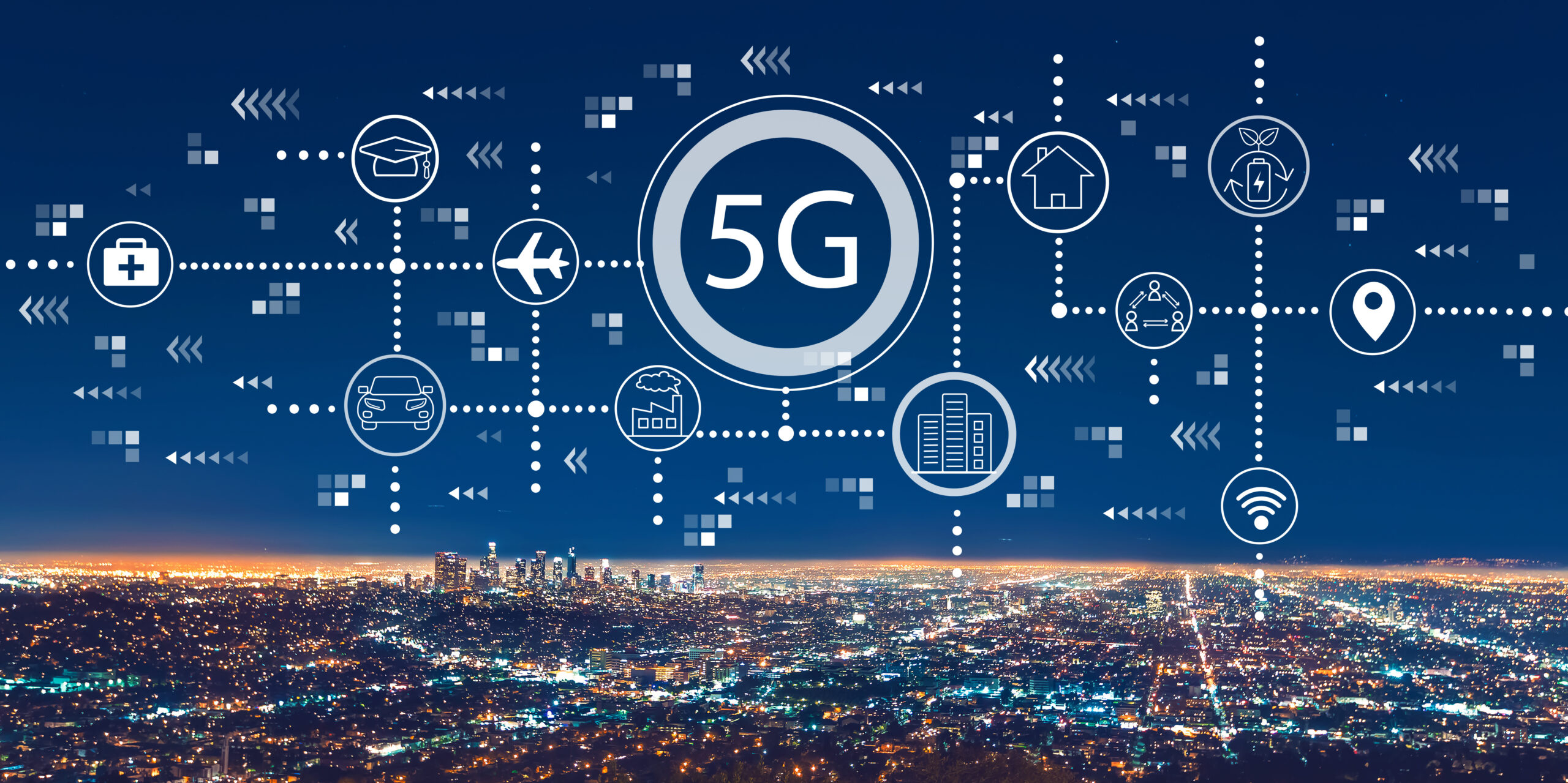
How the Global Pandemic Has Helped Fuel the Rise of IoMT

The COVID 19 pandemic has had far-reaching effects on nearly every aspect of our life. Whether it is the requirement to wear masks in public spaces, a transition to living at work or simply using online grocery delivery as the go-to option, the global pandemic has touched us in ways that are still hard to calculate.
In addition, the highly contagious nature of the coronavirus itself has forced us to not only engage in social distancing, but also consider alternate resources to maintain various aspects of our life. With infection of as many people as possible the platform for COVID-19’s ongoing impact, there has been a defined need to increase our use of digital technology or solutions to solve physical problems.
This has become increasingly relevant in the healthcare sector and has led to the emergence of one subset of connected devices: the Internet of Medical Things.
What is IoMT?
On a very simple level, the Internet of Medical Things (IoMT) equips bio/medical sensors with the “intelligence” to connect to a network. This connection can then simultaneously analyze and send data to a medical practitioner or healthcare worker.
In a practical sense, the fact that these devices are connected to healthcare information technology systems has reduced the burden of hospital visits for minor issues and routine check-ups. Doctors can now examine patients’ data from sensors and determine the best way to help them before a physical examination becomes necessary. And while the IoMT is still in its early stages, the platform has drawn on the advances made in areas such as wearables and digital healthcare.
The continued rise of IoMT is guided by the progress made through miniaturization, digital signal processing and customization of the relevant embedded devices. These advancements will not only help us in terms of better data collection but also better data transmission. This would mean that medical professionals receive the patient’s data faster and it follows that they would be able to understand critical situations quicker. At the same time, the patients can be better informed about their conditions and potential remedies or care.
From hospital-based dialysis equipment monitoring to a smartwatch that one wears on the wrist, both invasive and non-invasive sensors can collect information and provide this localized data to the cloud.
Take fitness bands, for example. These wellness devices have been popular for years, but they can be an excellent aid for both a medical professional and the user. Most fitness bands let you watch and track your heart rate, daily burned calories and provide step counts.
From a healthcare perspective, a medical professional can go through these app-generated data points and detect anomalies. But nowadays, even that is not necessary as the band itself analyses your routine and alerts you of any reasons for concern.
Navigating the IoMT
However, there is a caveat. People often question how accurate a wearable device’s sensing abilities can be, with a consensus that a non-medical grade diagnosis from what is essentially a branded piece of consumer electronics is not always reassuring. Best-selling smartwatches, for example, were never designed to be medical devices per se, rather they are an extension of our mobile phones and the data they generate is more goal oriented as opposed to overall wellness.
In addition, the introduction of or upgrades to connected medical devices must get clearance from – among others – the U.S. Food and Drug Administration (FDA). Sadly, a recent report from Deloitte said that only 44% of health care organizations and 51% of medical device manufacturers follow the rules and guidelines put forth by FDA. Unsurprisingly, this can affect the overall efficiency of IoMT.
On the flip side, companies like Proteus are making huge advances in IoMT, with the aim of introducing medical-grade diagnostic tools to the marketplace.
A new flexible, lightweight and disposable skin patch, for instance, has enabled diagnostics, diabetes monitoring, medication delivery and fitness tracking. This patch – developed by Proteus – operates with the use of proprietary application-specific integrated circuits (ASICs) and advanced nanomaterials such as graphene.
The smart patch can easily pair with an Android or iOS device using Bluetooth Low Energy, which helps the battery life and means the device can run for weeks. Additionally, the sturdy and resistant sensor can withstand extreme climates like high temperature, pressure, altitude, or rain. Finally, a miniaturized sensor array on the patch can detect biomarkers such as potassium and sodium just from a single drop of sweat.

All of these data points are synced, communicated, analyzed and, crucially, can correlate to physical activity, vital signs, motion and performance. As a result of this constant monitoring, dangerous health issues such as heart or organ malfunction and drop in vital nutrients can be avoided with the help of the smart patch’s customizable and proactive health analysis.
Leveraging the Benefits of IoMT
The IoMT devices we have talked about so far are related to the ‘On-Body’ segment where the sensors – invasive or non-invasive = are directly gathering localized data.
But there is another prominent use case for IoMT devices: the ‘In-Home’ capability. This includes remote patient monitoring (RPM), Personal Emergency Response Systems (PERS), and telehealth virtual visits. In most cases, the In-Home applications are just a broader spectrum of the On-Body segment.
A PERS, for instance, includes a wearable device/relay which connects the user with a live medical call center service – this would increase self-reliance for homebound or limited-mobility seniors.
In other words, PERS would serve as a digital guardian, allowing users to quickly receive emergency medical care or attention, even when they cannot access any local healthcare facility. This service is especially helpful for older adults who live alone and have no access to assistance when in trouble.
In terms of reducing the pressure on medical facilities, tools such as PERS and RPM are promising examples of how the IoMT can be leveraged. RPM systems, for instance, combine all the biomedical sensors used for chronic disease management and adds home monitoring into the mix. By accessing these solutions, a healthcare facility can continuously monitor a patient’s situation.
To demonstrate this, let us think about a person who has recently been discharged from a hospital. After the discharge, the doctors will need to monitor that patient’s progress for a considerable amount of time. The RPM device is especially beneficial here as doctors can track and discern the progress report of that individual and, hopefully, negate the need to readmit that former patient to hospital.
Ultimately, this connectivity between biosensors and medical devices streamlines clinical workflow management and leads to comprehensive development in patient care. And, importantly, the care can be administered both inside the facility walls and, where applicable, in remote locations or isolated areas.
So-called “smart pills” are another aspect of the IoMT that has huge potential, and the introduction of these connected devices has vastly helped people in drug management.
These pills, once swallowed, can transmit data to connected devices. We are already seeing some medical companies utilizing smart pill capabilities as part of an evaluation of medication treatment effectiveness to improve clinical outcomes.
Others are using this next-generation medical device to monitor a patient’s internal health wirelessly, specifically to track measurements such as core temperature. The pills transmit data from within the body itself that could be the difference between life and death. as the pills would transmit data that directly impacts body functionality.
Taking that into account, the IoMT sector’s goals are more accurate diagnoses, fewer mistakes and lower costs of care. Achieving these goals would help both the healthcare industry and the patient financially. as it cuts down on the requirement of frequent hospital visits, hence saving time as well as money. In fact, a recent study by Goldman Sachs estimated that IoMT will save the medical sector $300 billion annually in expenditure mainly through RPM, PERS and telehealth.
IoMT in the Ongoing Pandemic
As social distancing remains the norm for many people, IoMT has shown itself to be one of the leading technologies in MedTech.
Monitoring and analyzing a patient’s health without the need to be in physical contact fits right in social distancing policies and the transmittable qualities of the virus can be curbed by reducing people’s visits to a hospital. To achieve this drop in physical visits to a location, various biosensors have emerged that can inform a person of any irregularities in their system.
These technologies, paired with the likes of RMS, PERS, and telehealth have really helped during these trying times.
For instance, robots in Wuhan – oft cited as ground-zero for the coronavirus – were used to check the temperature of patients in a clinic, according to CNBC. The robots were also able to measure the patient’s sugar level and pulse rate. As a bonus, cleaning and sanitization of the clinic were carried out by these non-human frontline workers as well.
Although the influence of IoMT was already on the rise, the outbreak of COVID-19 has immensely augmented the market. Conversely, the pre-conceptions about telemedicine have drastically reduced as people tried to protect themselves against the virus.
As a reference, the global IoMT sector was valued at $44.5 billion in 2018 and is expected to grow to $254.2 billion by 2026. Taking that into account, wearable devices such as fitness bands and sensor-laden smart shirts accounted for about 27% of the total value in 2018, according to a report by industry analyst AllTheResearch. And one of the major reasons for this continued rise and increased adoption will be the pandemic.
Ultimately, IoMT is revolutionizing the healthcare industry. Advances in the research and development of medical devices, sensors, and the technological ability to transfer data to remote devices will all play a role, both now and in the not-so-distant future. These advances, coupled with increasing awareness about the devices, efficiencies of the IoMT devices, and growing demand for smart healthcare due to the prevalence of chronic diseases, will keep propelling the IoMT market for years to come.
Want to know more about how the Internet of Medical Things is revolutionizing the healthcare and personal wellness industry? Check out our ‘digital first’ approach to healthcare here, or contact us using the form below.




